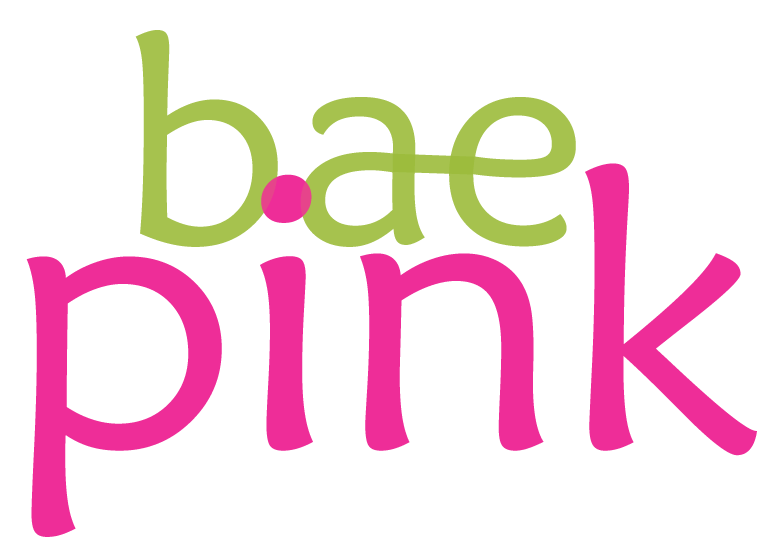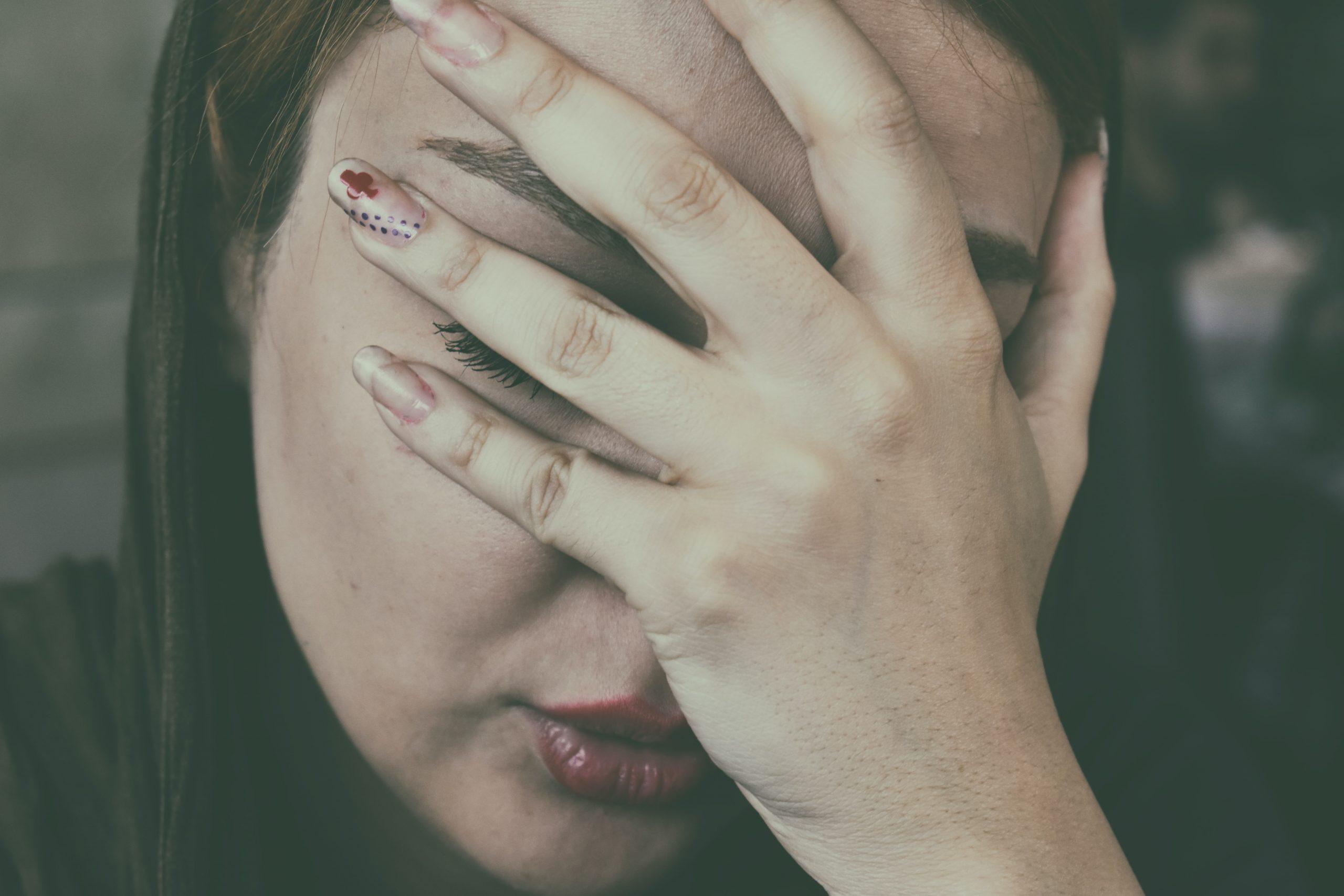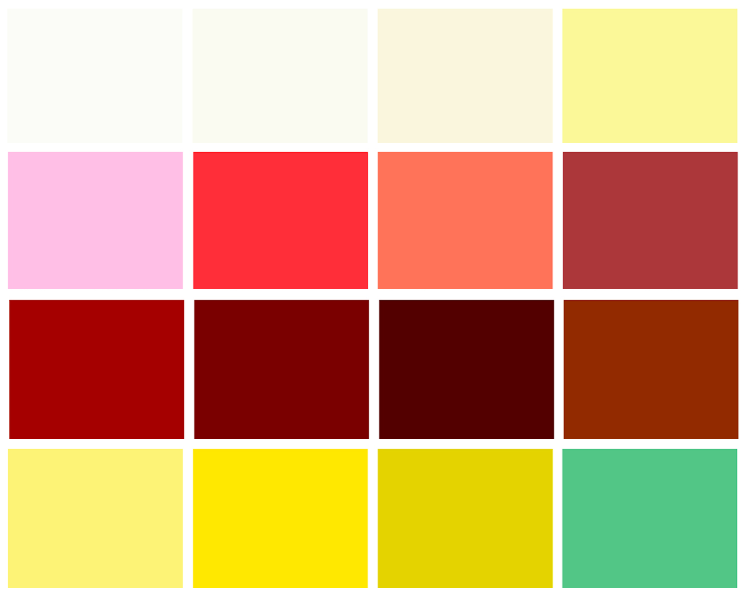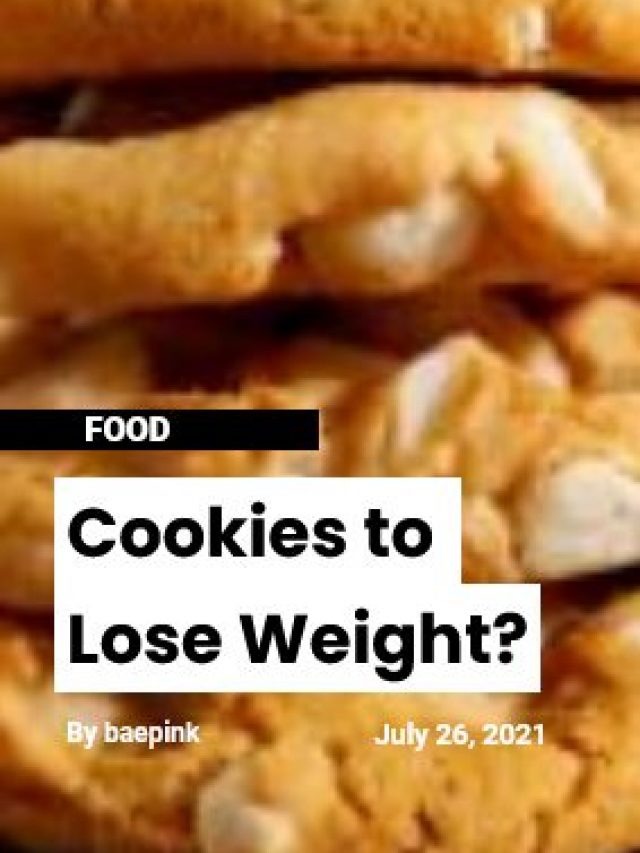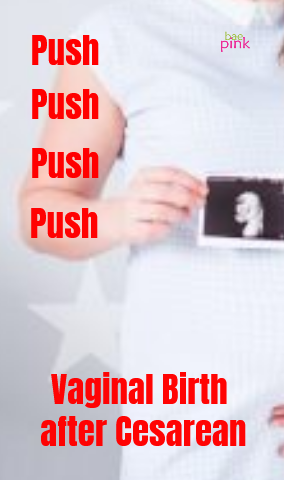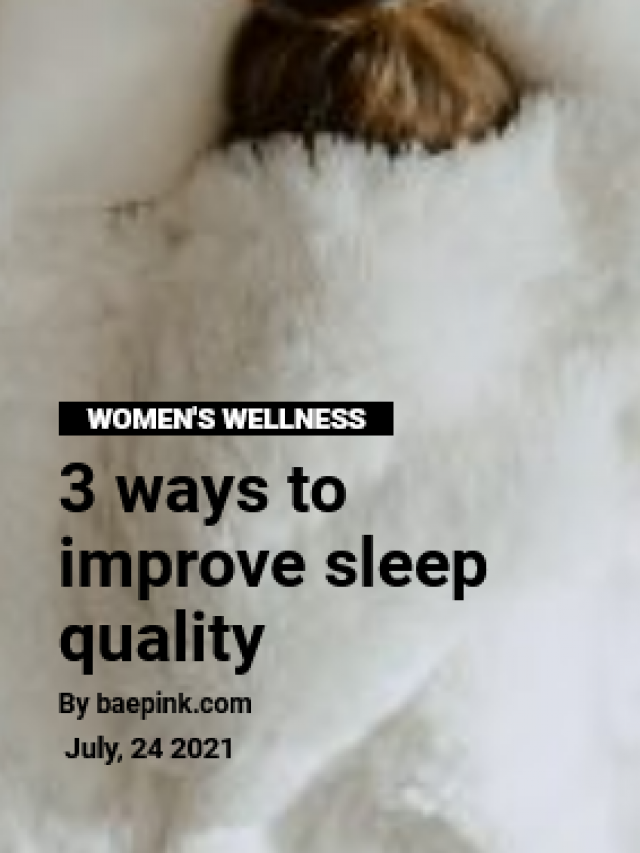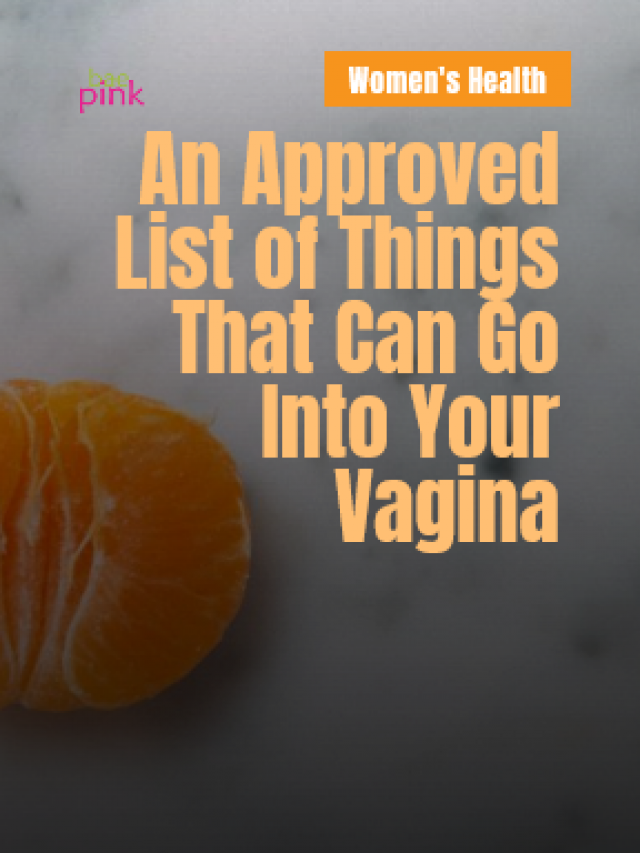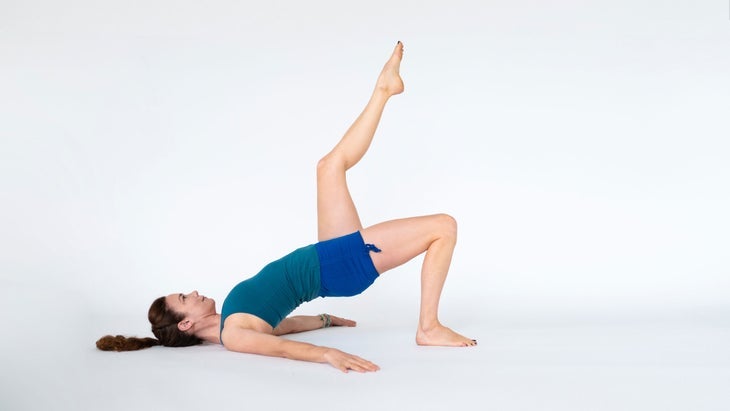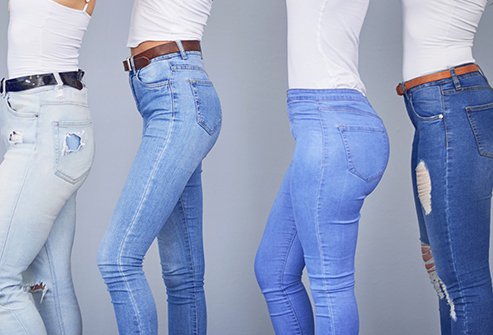Exploring Iron Deficiency Anaemia: What You Need to Know
Iron deficiency anaemia results when the body’s iron storage, intake, and loss are not balanced enough to completely sustain the synthesis of erythrocytes. Although iron deficiency anaemia seldom results in death, it has a major negative influence on human health.
Blood oxygen transport is just one of the numerous bodily activities that iron, an essential dietary mineral, is linked to. Incomplete haemoglobin production, which leaves red blood cells microcytic and hypochromic, is the hallmark of iron deficiency anaemia.
Symptoms of Anaemia
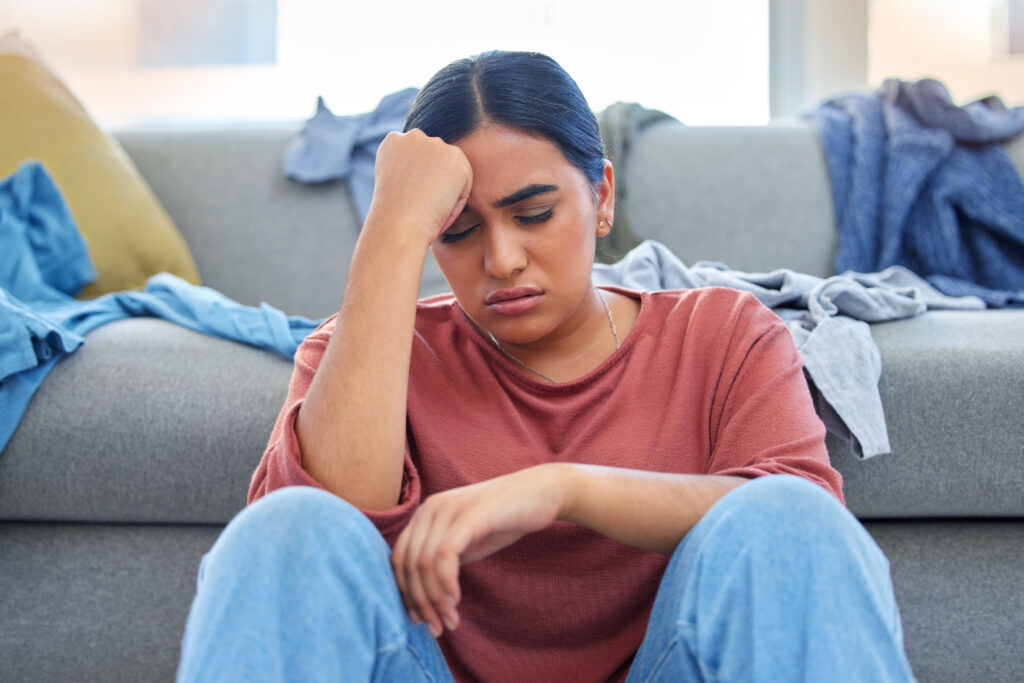
- Difficulties focusing and remembering (cognitive).
- Feeling slightly dizzy, feeling abnormally chilly (cardiovascular).
- Fatigue, sluggishness, tired easily, low energy level.
- Mild dyspnoea after exercise that subsides during rest (cardiopulmonary).
- Pale skin, mucosa, or conjunctiva.
Essential Diagnostic Tests for Detecting Iron Deficiency
Less than 7.7 mmol/l (13 g/dl) (Hb) for men and 7.4 mmol/l (12 g/dl) (Hb) for women is considered anaemia, according to the World Health Organization.
To determine the cause of anaemia, tests such as serum iron indices, peripheral smears, reticulocyte counts, and total blood cell counts are frequently performed.
Criteria for Iron Deficient Anemia Diagnosis
| Serum Markers | Diagnosis of IDA |
| Haemoglobin | <130g/L Male <120g/L Female <110g/L Pregnancy |
| Ferritin | <30µg/L no inflammation <100µ/L if inflammation |
| Transferrin | Raised |
| Total iron binding capacity | Raised |
| Transferrin saturation | <20% |
| Mean corpuscular value | Low |
Optimizing Iron Levels: Treatment and Prevention
Iron supplementation raised Hb levels and lowered the incidence of anaemia and IDA.
One study found that iron-folic acid supplementation reduced the incidence of anaemia, while another found that daily iron supplementation with or without folic acid or vitamin C boosted Hb levels and decreased the risk of anaemia and ID.
Iron-Boosting Foods to Keep Anemia at Bay
Green Leafy Vegetables
Green leafy vegetables (GLVs) have been mentioned as good suppliers of nonheme iron.
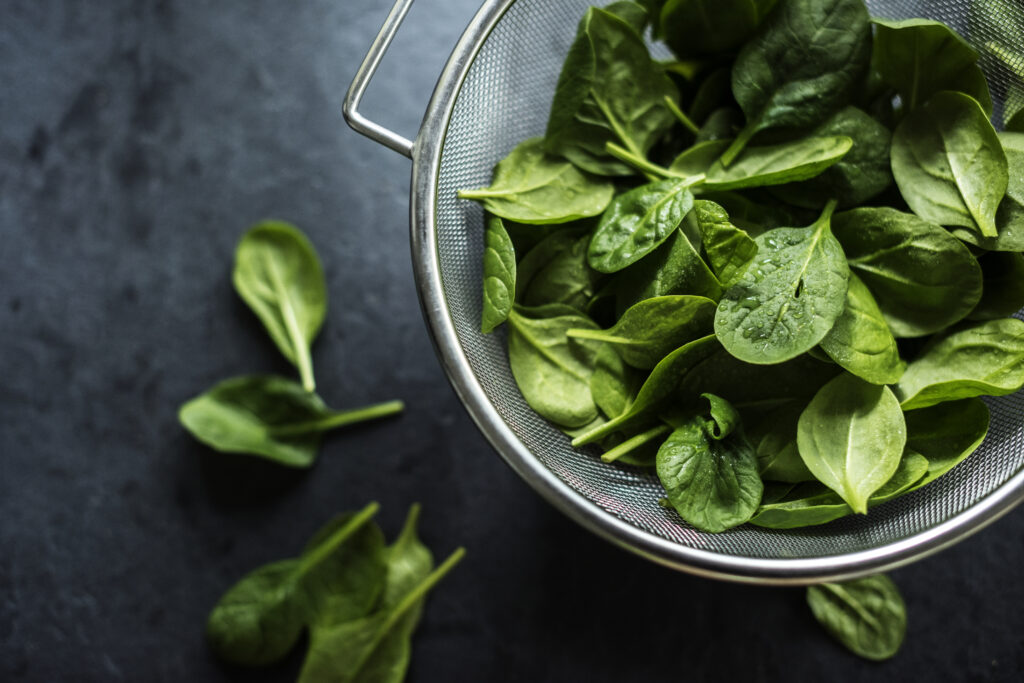
Spinach and mustard leaves, which are supposed to be iron-rich and often consumed, are among the GLVs with the lowest iron concentration.
Legumes
Legumes are generally high in proteins, fibres, resistant starch, polyphenols, and a wide spectrum of minerals, therefore having a strong potential for treating nutritional diseases.

Consuming better legumes increased iron intake by ≥1.5 fold. Several studies found minor changes in iron status biomarkers [haemoglobin (Hb), serum ferritin (SF), and transferrin receptor] after consuming better legumes.
Dates
Dates are a fruit with a high nutritional content that is commonly consumed by humans. Dates contain from 0.3 mg to 10.4 mg of iron per 100 grams. As a result, consuming a few dates every day will provide your body with the necessary iron.
Maize & Wheat

A study found that vitamin C from maize and wheat improved iron absorption by 84% and 48%, respectively.
Animal Food Sources
The heme form is mostly present in flesh foods, such as meat, poultry, and fish, and has a higher bioavailability than the non-heme form, which is derived in varying levels from plants and animal meals.
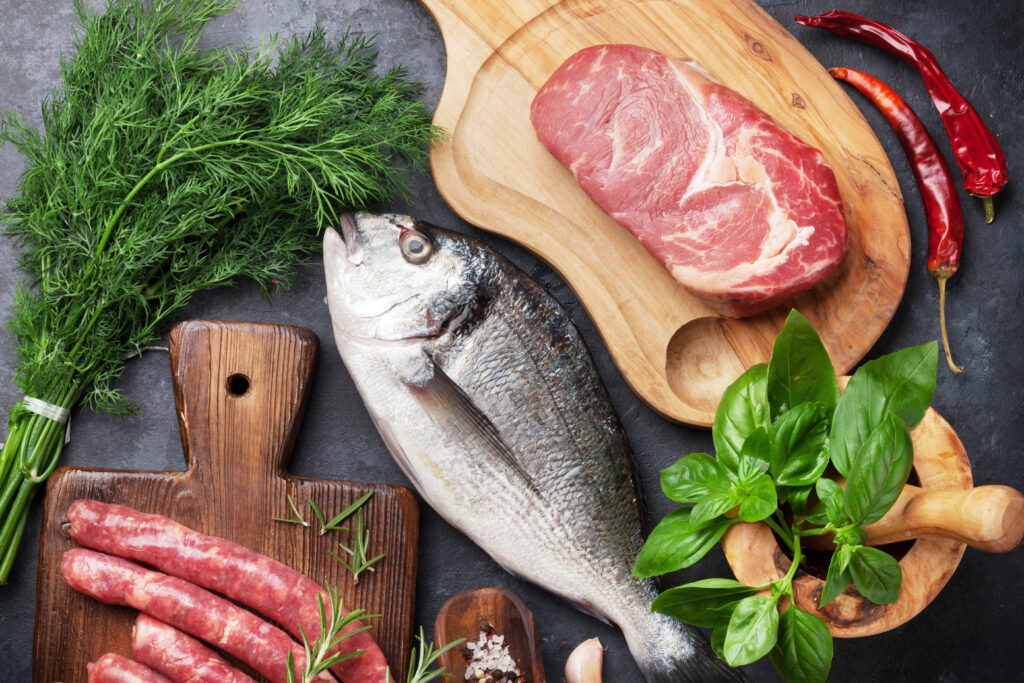
Consuming small fish daily, with an average intake of 5 g, was linked to moderate improvements in iron status.
Iron Supplements and Foods: A Dual Approach to Combat Anaemia
Studies and other research indicate that iron insufficiency is a common condition. Iron supplementation can help those who suffer from iron deficiency anaemia. It can be managed at home with the use of foods like leafy greens, lentils, and animal products. Even though these foods for treating anaemia are a great method to support your iron intake, depending just on food might be risky if you have serious problems that need to be treated by a doctor as soon as possible.

